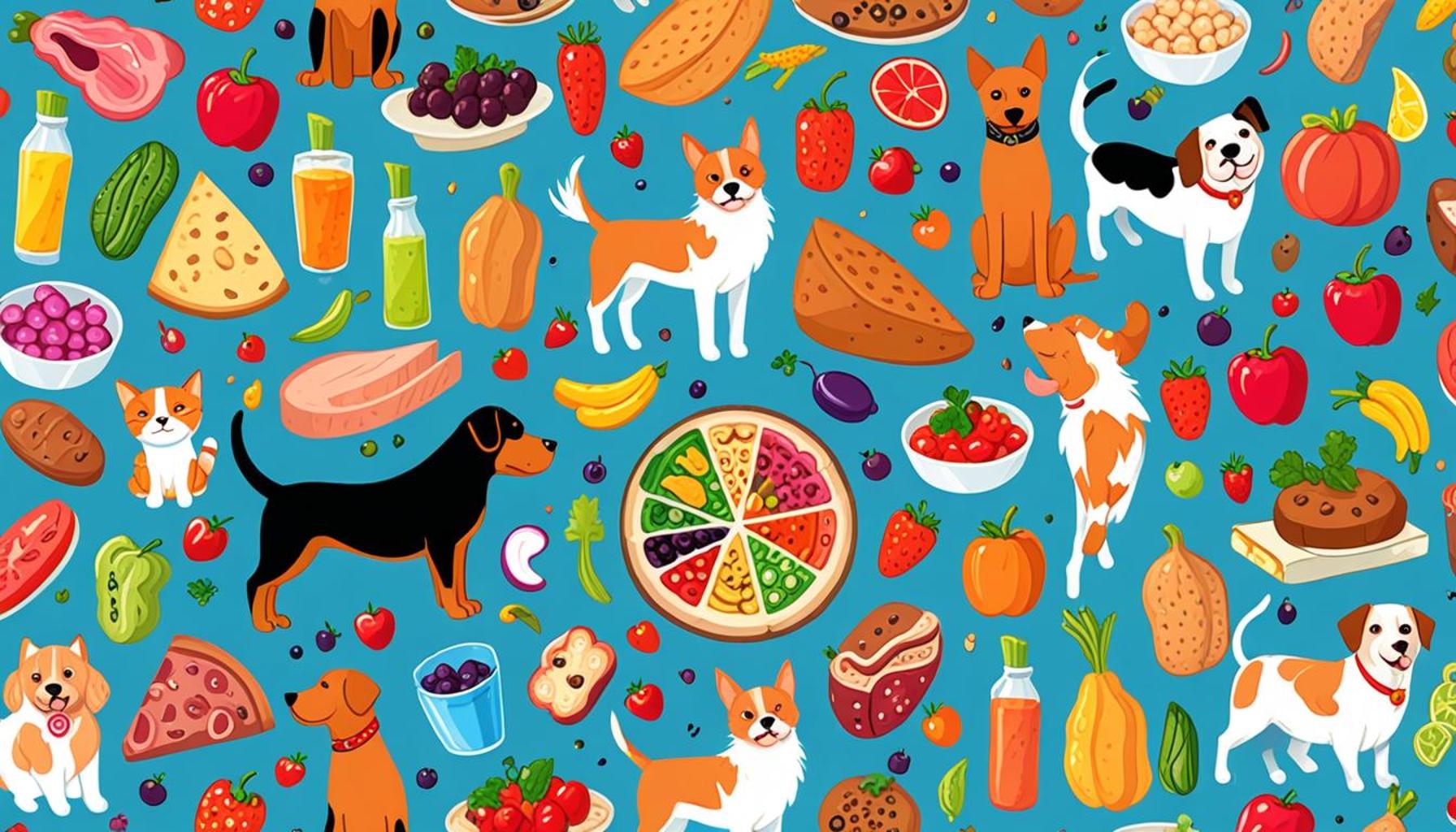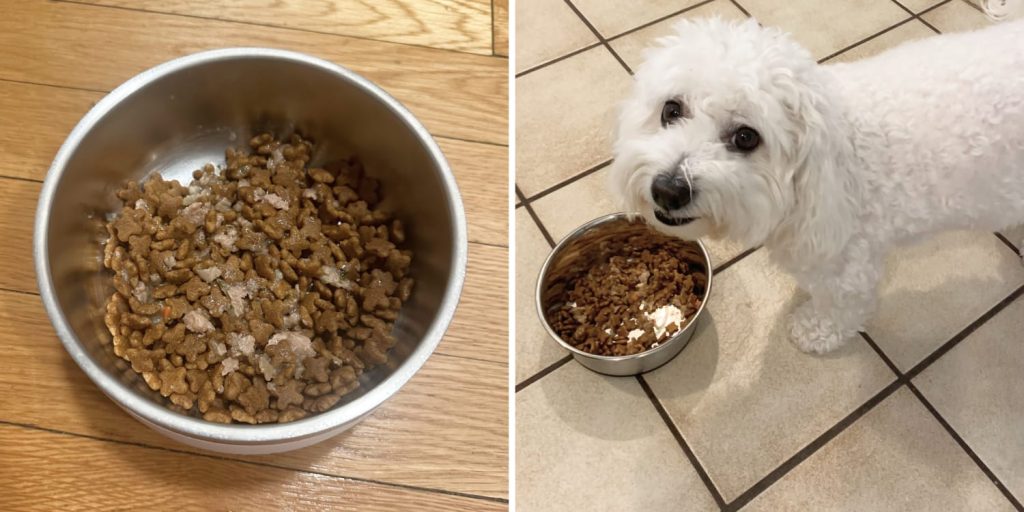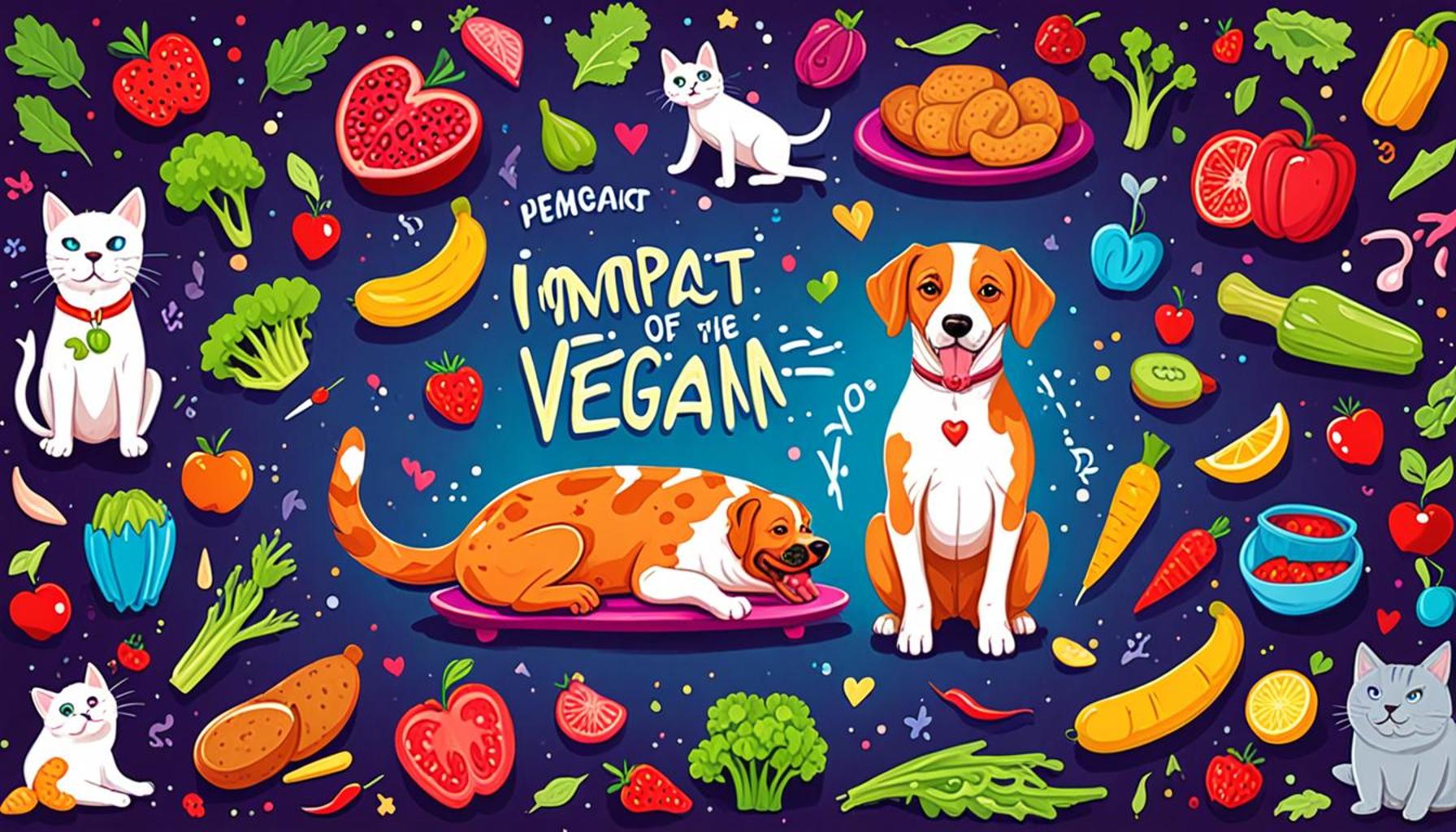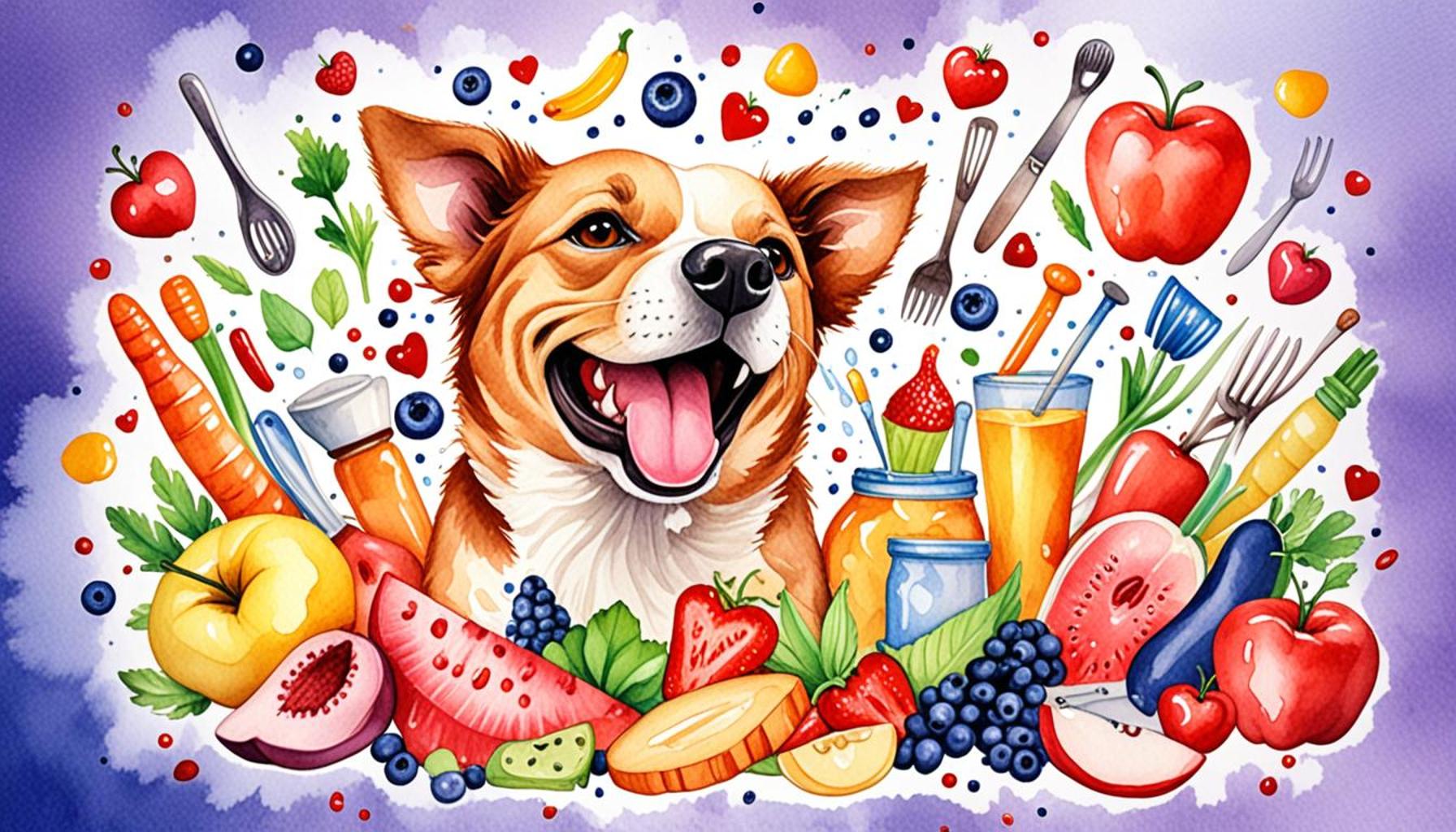Nutritional Differences between Dog and Cat Breeds

Understanding Nutritional Needs in Pets
The dietary requirements of dogs and cats often reflect their unique biological and evolutionary backgrounds. As pet owners, it’s essential to grasp these differences to maintain optimal health for both species. This article dives into the nutritional differences between dog and cat breeds, providing key insights for responsible pet care.
Key Differences in Dietary Needs
While both animals may be beloved companions, their nutritional needs vary significantly:
- Protein Requirements: Cats are obligate carnivores requiring higher protein levels, while dogs are more flexible omnivores. For instance, a cat’s diet should ideally consist of at least 30-40% protein to meet their stringent needs, which support muscle maintenance and energy levels. In contrast, dogs thrive on around 18-25% protein, allowing them a wider range of dietary options, including plant-based ingredients.
- Essential Nutrients: Dogs can produce some nutrients internally, such as certain amino acids. However, cats lack this ability and therefore need them supplied through their diets. For example, taurine is an essential amino acid that cats must obtain from meat, as their bodies cannot synthesize it, while dogs can create taurine from other amino acids.
- Fatty Acids: Felines need specific fatty acids like arachidonic acid for healthy skin and coat, which dogs can derive from a varied diet that includes linoleic acid. This underscores the necessity for cat owners to choose food that explicitly lists animal-based ingredients to ensure these crucial fatty acids are included.
Understanding these distinctions is vital for ensuring appropriate food choices. With the vast array of pet food available, the selection can feel overwhelming. However, knowledge of individual breed needs can guide owners toward informed decisions. For instance, a Pit Bull may require a different blend of nutrients than a Yorkshire Terrier, influenced by their activity levels and size.
Cultural Considerations
As pet ownership grows in the United States, so does the awareness of tailored nutrition. Modern pet owners are increasingly seeking diets that cater to their furry friends’ unique classifications. Specialized brands now offer probiotic-rich options for digestive health or grain-free formulas to prevent allergies. This trend promotes a deeper understanding of how nutritional choices impact overall health and longevity.
Focus on aspects such as natural ingredients and the absence of artificial preservatives reflects not just a concern for a pet’s diet but also aligns with the broader wellness movement observed in human diets across the nation.

Explore the fascinating world of nutritional differences between your pet’s breed and learn how vital nutrition is in enriching their lives. By investing time in this knowledge, you can ensure your pet enjoys a longer, healthier life—reaping the full benefits of a well-rounded diet that caters to their particular needs.
LEARN MORE: Click here to discover why balanced nutrition matters
Assessing Breed-Specific Nutritional Needs
When it comes to the realm of pet nutrition, understanding the nutritional differences between dog and cat breeds is crucial for enhancing their overall health and quality of life. Each pet’s breed not only affects its behavior and temperament but also plays a pivotal role in its dietary requirements. This section will delve deeper into these breed-specific nuances, exploring how variation in size, activity level, and even genetics influences dietary choices.
The Role of Size and Activity Level
One of the most significant factors affecting a dog’s or cat’s nutritional requirements is their size and activity level. Larger dog breeds, such as Great Danes or Mastiffs, generally have higher caloric needs when compared to smaller breeds like Chihuahuas or Shih Tzus. Conversely, cats, irrespective of their breed, tend to maintain a more consistent caloric requirement due to their generally smaller size. Here are some considerations based on size and activity:
- Large Breeds: Breeds like the Labrador Retriever require higher protein and fat levels to maintain their energy, supporting muscles and joints during active play. Larger breeds may also benefit from joint supplements that cater specifically to their biological needs.
- Small Breeds: Small dog breeds, despite their size, often have faster metabolisms and require higher calorie-dense foods. Foods tailored for them typically contain higher fat content to compensate for their increased energy needs.
- Active and Working Breeds: Breeds known for their vitality, like the Border Collie or Siberian Husky, need a diet rich in quality protein, fats, and vitamins to sustain their energy levels throughout the day.
Understanding the activity level is key, especially for families whose pets lead less active lives. Sedentary dogs and cats may require fewer calories and more dietary fiber to help control weight. Identifying the right balance in their diets can help prevent obesity and related health issues.
Distinctive Metabolism in Cats
Another interesting aspect of nutritional differences lies in the metabolic processes of dogs and cats. Cats, being obligate carnivores, have a unique metabolism that demands a strict diet rich in animal proteins. This reliance on protein means that a balanced diet for cats must adequately include high-quality meat. In contrast, dogs, as omnivores, can thrive on both animal proteins and plant-based foods, which broadens their dietary scope. This variation also extends to the digestive enzymes present in their systems, further influencing dietary requirements.
In summary, recognizing these breed-related differences in dietary needs can make a profound impact on the lifelong health of your pets. Whether you own a spirited puppy, a lap-loving lap cat, or any combination of breeds, understanding their unique biological requirements opens the door to tailored nutrition, ultimately leading to happier and healthier pets.
| Nutritional Needs | Dietary Requirements |
|---|---|
| Dogs | Typically require a balanced diet of proteins, carbohydrates, fats, vitamins, and minerals, reflecting their omnivorous nature. |
| Cats | Need a diet high in protein and specific vitamins like taurine, due to their obligate carnivore status, influencing their overall health. |
Understanding the nutritional differences between dog and cat breeds is crucial for pet owners aiming to optimize their pets’ diets. Dogs, as omnivores, exhibit a remarkable adaptability in their dietary needs. They thrive on a combination of animal proteins, grains, and vegetables, enabling diverse meal options. This flexibility allows dog owners to create well-rounded diets that can cater to individual health requirements, age, and activity level.On the other hand, cats must adhere to a stricter dietary profile. Their biological makeup means they rely predominantly on animal-based proteins, which are essential to their development and energy. For instance, they require taurine, an amino acid crucial for heart health, vision, and reproductive functions, making it essential for cat food formulations. Owners should also be cautious of the moisture content in cat diets, as cats naturally experience lower thirst drive and often need wet food for adequate hydration. Understanding and adapting to these unique nutritional requirements not only fosters better health outcomes for pets but also deepens the bond between pet and owner as they learn about and meet these needs.
DISCOVER MORE: Click here for helpful techniques
Understanding Protein Sources and Their Impact
With different dietary classifications between dogs and cats, the sources of protein in their diets can have significant implications for their health. While both animals require protein for optimal health, the quality and quantity of that protein can vary greatly depending on breed-specific needs.
Protein Quality in Dogs and Cats
Dogs, as adaptable omnivores, can benefit from plant-based proteins but still require a solid foundation of animal-based proteins in their diets. Breeds such as the American Pit Bull Terrier or the German Shepherd thrive on protein-rich diets that include meats like chicken, beef, and fish. These proteins not only support healthy muscles but also contribute to maintaining mental alertness and other vital functions. High-quality commercial dog foods typically boast animal proteins at the top of their ingredient lists, reflecting their biological needs.
On the other hand, cats require animal proteins as a primary nutrient, necessitated by their status as obligate carnivores. Breeds like the Maine Coon and Siamese exhibit specific needs for high levels of protein from meats. When selecting cat food, pet owners should look for options that list real meat as the primary ingredient—be it chicken, salmon, or turkey—as this will best meet their feline friends’ nutritional requirements.
Essential Nutrients and Common Deficiencies
Another critical aspect of nutritional differences lies in essential nutrients. Dogs and cats often require different proportions of certain vitamins and minerals. For example, dogs can synthesize their own Vitamin A from plant sources, while cats need a direct source of preformed Vitamin A, which is found in animal tissue. Additionally, taurine, an amino acid critical to feline health, must be included in their diet, while dogs can produce taurine on their own. This disparity emphasizes the urgency of giving appropriate diets to each species according to their specific breed needs.
Moreover, cats can develop serious health issues if their diet is not adequately supplemented with taurine, leading to conditions such as heart disease and vision problems. Such concerns underline the significance of breed-focused nutrition that addresses potential deficiencies.
Hydration and Diet Factors
Hydration is another facet of nutritional differences that often goes overlooked yet is essential for both dogs and cats. Cats generally have a low thirst drive, which makes them particularly susceptible to urinary tract issues if their diet is insufficient in moisture content. This becomes especially important for cat breeds like the Persian and Ragdoll, which thrive on moisture-rich diets, including wet food options. The high protein content in their diets also necessitates adequate fluid intake to support kidney function and overall health.
For dogs, hydration needs can vary depending on their size and activity level. Working breeds, like the Belgian Malinois, often require increased hydration due to their high energy expenditure and sweating methods—unlike cats, dogs primarily depend on panting to cool down. Providing fresh water at all times and recognizing the signs of dehydration can mean the difference between healthy, vibrant pets and those at risk of health complications.
By being mindful of these nutritional differences and tailoring diets to the specific needs of different breeds, pet owners can ensure their furry companions lead healthy, vibrant lives well into their golden years.
LEARN MORE: Click here for expert tips on positive reinforcement
Conclusion: Getting the Nutrition Right for Furry Friends
In conclusion, understanding the nutritional differences between dog and cat breeds is crucial for any pet owner dedicated to maintaining the health and well-being of their companions. Dogs exhibit flexibility in their diets, benefiting from a variety of protein sources, while specific breeds may necessitate higher levels of animal-based proteins to thrive. Cats, being obligate carnivores, demand a constant supply of high-quality meat proteins to meet their unique metabolic needs.
Moreover, the essential nutrients each species requires highlight the importance of tailored diets. While dogs can adapt and synthesize certain vitamins, cats rely on direct dietary sources for critical elements like taurine and Vitamin A. This stark difference can have profound implications for their health, warranting a keen awareness of breed-specific dietary needs.
Hydration also plays a pivotal role in their overall nutrition. Recognizing the signs of dehydration and catering to each animal’s water needs can be fundamental to preventing health issues—especially in breeds prone to urinary concerns. As pet owners navigate this nutritional landscape, investing time to research and consult with veterinarians about breed-specific diets will empower them to make informed choices.
Ultimately, prioritizing the nutritional requirements of dogs and cats not only ensures they live longer and healthier lives but also enhances the bond between pets and their owners. Thus, a more nuanced understanding of their diverse needs can lead to more vibrant, happy companions in our homes.


